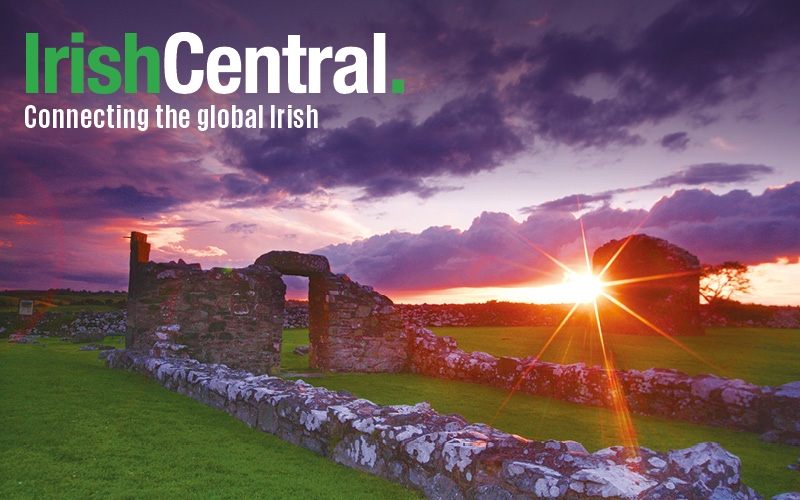A recent report has revealed that more young people in Ireland have taken psychoactive drugs than their counterparts across the EU.
According to the 2016 EU Drugs Market Report, published by Europol and released earlier this month, nine percent of 15- to 24-year-olds in Ireland have tried a "new psychoactive substance" (NPS) at least once in the last 12 months, followed by eight percent of young people in both Spain and France. Three percent of users had purchased the drugs online, the Irish Times reports.
The NP substances include research chemicals and “legal” alternatives to traditional drugs – pills and powders imported from Chinese labs and sold online in colorful vac-pack bags that look like candy and have names like "GoWhizz," "JawShatterer," and "Colombian Banter Fuel."
However, the most common type is synthetic cannabinoids, or fake weed, which makes up 60 percent of all NPS seizures by police across Europe. Synthetic cathinones, like mephedrone, which is generally sold as a replacement for MDMA, and amphetamines make up the second largest NPS group and account for 22 percent of all seizures.
Vice.com reports that back in 2010 the Irish government attempted to confront the problem of increasing drug use by banning all substances that have a psychoactive effect on the brain, excluding caffeine, alcohol, and nicotine.
Daryl Sullivan, who works as Policy and Communications Officer at LEAP UK (Law Enforcement Against Drugs), believes that such a ban might make these substances less accessible, but will ultimately push the market underground.
"These drugs are made more dangerous by their newfound illegal status," he says. "Organized crime gangs completely control the market for most illegal drugs, thanks entirely to the illegality itself. Simply making something illegal doesn't mean that there will suddenly be no market; it just means that criminals will move in to fill that demand. And where you see a market controlled by criminal gangs, you don't tend to see regulation – you don't see harm reduction, and you don't see quality control. All of this makes the drugs being sold more dangerous, and the potential harms of using them more serious."
Graham de Barra, the director of Help Not Harm, which is committed to changing Ireland’s drug policy from a criminal justice approach to a health-based one, says the 2010 legislation hasn't helped the problem.
"The environment for consuming drugs on the island has become so dangerous that people are overdosing because of misidentifying substances, which would be solved with the introduction of drug testing labs," he says. "It's taken devastating events to push the issue out to the public, and people are beginning to think more about drugs.
"However, as drugs enter into mainstream discourse, it's essential that the conversation is rooted in evidence and backed up by research, rather than giving platforms for ignorant views. With campaigns such as our own calling for more harm reduction and decriminalization, it has drawn more light in the public domain about safer drug practices and policies that reduce harm."
In 2015, de Barra and other experts helped to implement the National Student Drug Survey. 2,700 Irish college students responded to the survey, providing valuable insights into Irish drug use and the motivations behind it.
The study found that Irish students most commonly use drugs to have fun, to explore their curiosity and to simply switch off. Interestingly, the research also showed a decline in NPS use since the 2010 ban.
"Our survey... suggests that drug use is high [in Ireland], but there has been a shift back toward traditional illegal drugs, such as cannabis and MDMA," says de Barra. "There could be many reasons why drug trends change. There has been a surge in homegrown cannabis available in the country, which could be one reason why there is a shift away from synthetic cannabis. The closure of head shops also plays a factor for certain people. That said, cannabis remains a high priced drug for many people. It costs €25 [$28.50] a gram, which may be the highest among the EU.
"People using drugs may consume differently, and legal high [NPS] use may be high among certain groups of people more than others. For students, there's been a decline, but for vulnerable groups and homeless people, the rate may be as high as the head shop days, which would be more in line with the results from this particular [EUDM] survey."
"Any strategy that is rooted in the criminal justice model is unsatisfactory at reducing the harms of drugs," de Barra explained. "We need a full reform of our drug laws and to treat drugs primarily as a health issue, rather than the current situation of giving priority to the gardaí and keeping doctors secondary. Therefore, the laws in Ireland are out of touch with the reality of Irish society, which has a largely misinformed relationship of drugs, including alcohol."




Comments